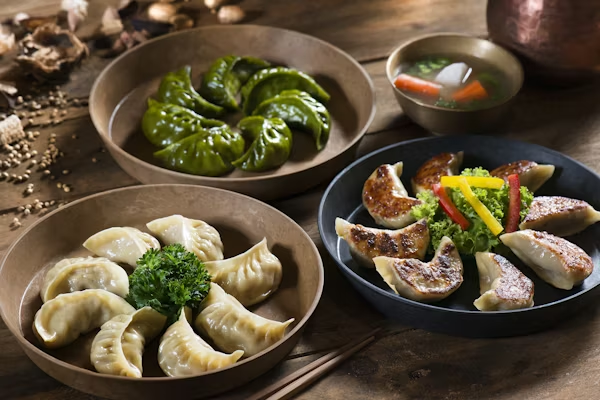There is something for everyone in Nepal, at the foot of the great Himalayas and at the top of the flat plains of India. It is a small country but full of nature, culture, and ethnic diversity. Nepal has three geographical divisions – the mountain region, the hilly region, and the plains region – where each has its unique cultural shares concerning lifestyle, diet, and topography, contributing to the big-picture identity of Nepal. The diversity present in those three zones draws an exciting picture of human adaptation, resilience, and harmony with nature. This blog is going to explore defining features of each region, linking the people and their traditions to the climate, food, and major attractions.
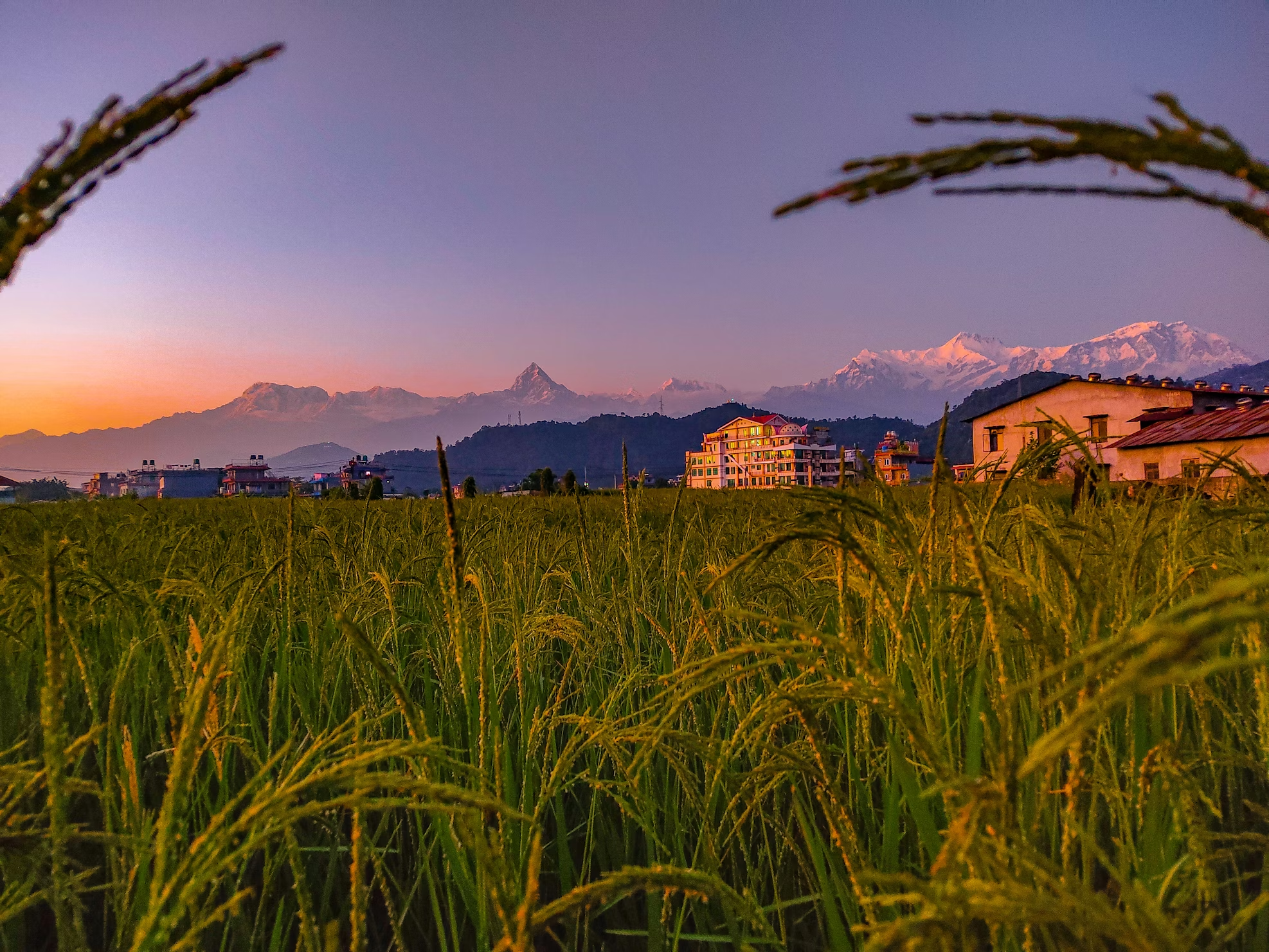
Himalayan (Mountain) Region
Ethnic Groups and Culture
The Himalayan region is predominantly home to ethnic groups like Sherpas, Thakalis, and Lhomis. These groups are characterized by the use of a special language, the practice of a separate religion predominantly Tibetan Buddhism, and the livelihood that they have followed down the centuries. Cultural festivals such as Losar and Dumji are celebrated far and wide in the accompaniment of traditional music, dance, and food. The spiritual richness of the region finds expression through monasteries, prayer flags, and mani walls lining mountain trails. Community life here is based on cooperation, spirituality, and strong social ties.
Lifestyle of the People
The Himalayas present a challenge to life with difficult terrain and climate; nevertheless, life has a tendency to adapt itself elegantly. People engage mostly in subsistence farming, yak herding, and tourism-related services ranging from guiding to portering. Houses are mostly built from stone with flat rooftops, constructed to withstand snow and cold. Education and health services are limited but are picking up slowly with the help of local and international aid. The lifestyle continues to be simple, in harmony with nature, and imbued with spiritual philosophies.
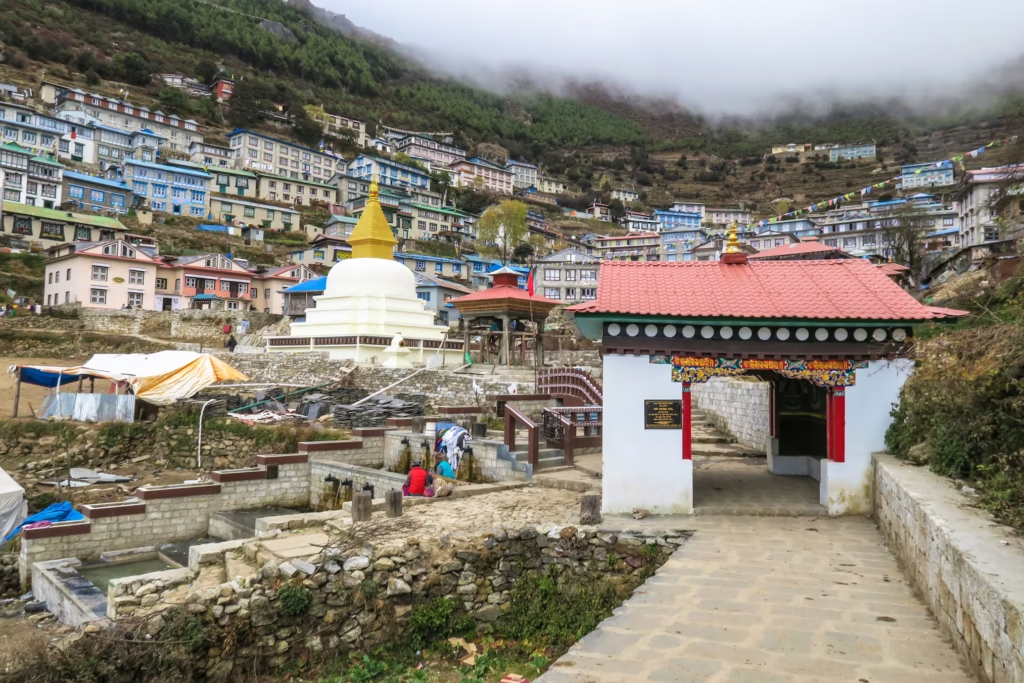
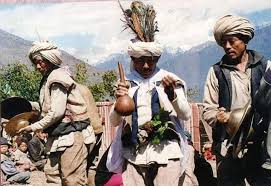
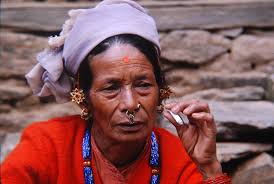
Famous Places to Visit
This region is popularly known in the world for trekking, with the famous Everest Base Camp and Annapurna Circuit among them. Other attractions include the mystical landscapes of Mustang, remote Dolpo villages, and Muktinath Temple. Sagarmatha National Park- a UNESCO World Heritage site- beautifully showcases the biodiversity and impressive peaks of the region. These places are visited by thousands of adventurers and spiritual seekers every year. The remoteness and purity bestowed upon this region make the experience of a lifetime.
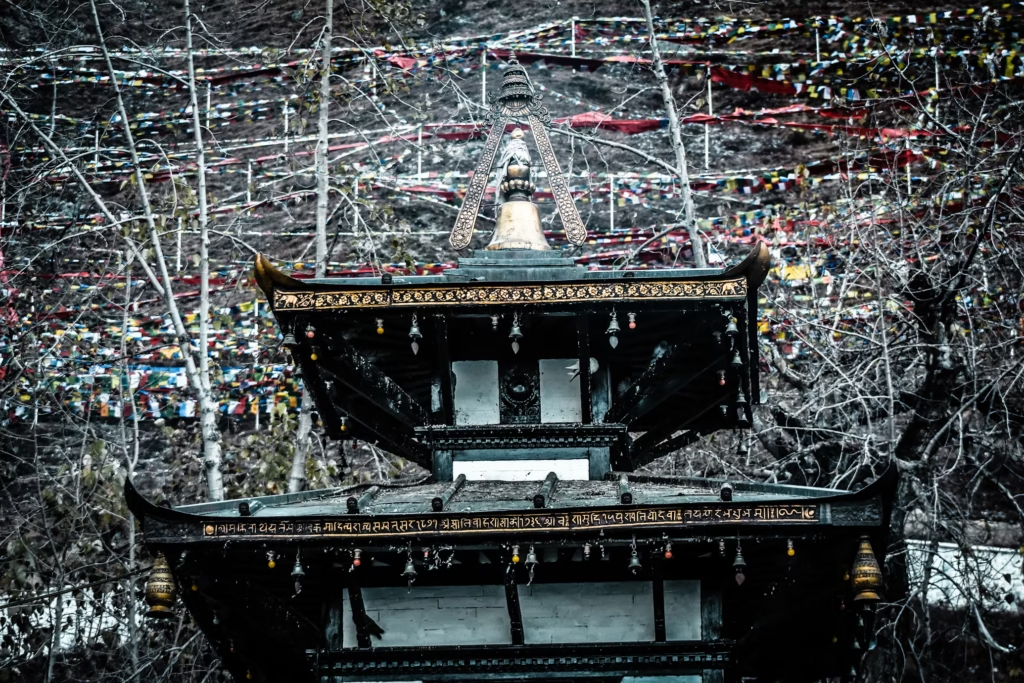
Foods and Famous Dishes
Traditional Himalayan cuisine is traditionally hearty and warming, meant to counter the cold. Thukpa (noodle soup), Tsampa (roasted barley flour), and yak butter tea are commonly eaten foods. Momos (dumplings) come very popular as they may even use meat or vegetables for stuffing. Dairy products from yaks such as cheese and butter are a crucial part of their diet. This food defines necessity and tradition, adapted to high-altitude existence.
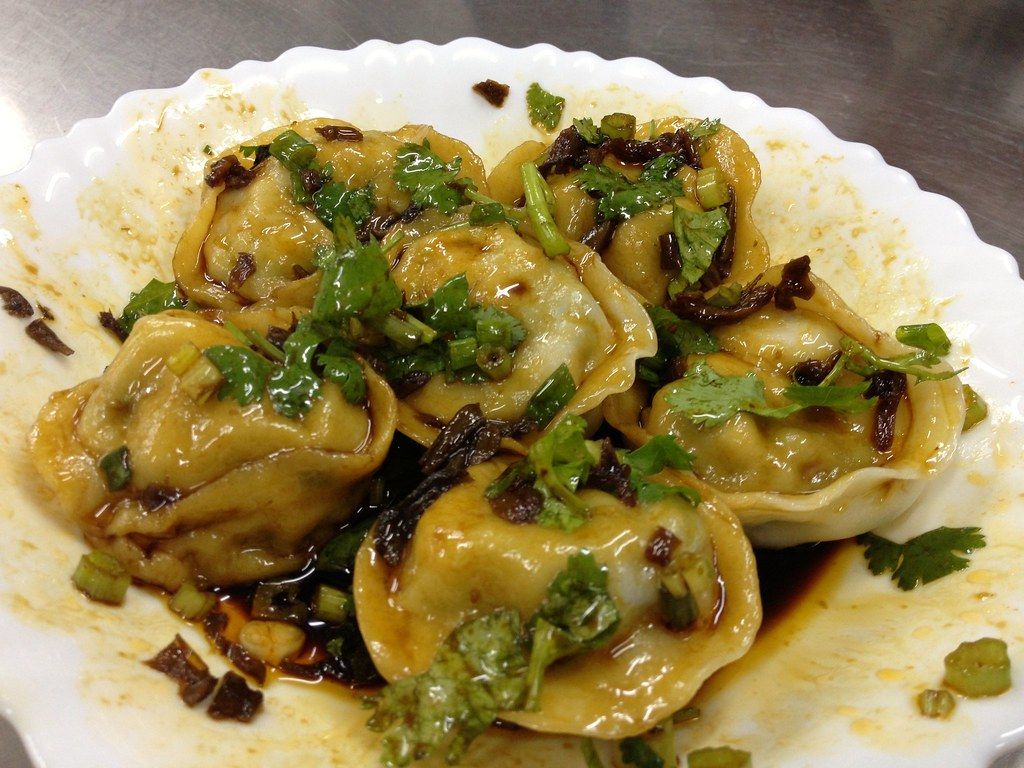

Geography, Climate, and Temperature
Geographically, the place consists of high peaks, deep abysses, and glacial rivers. The climate can be said to be alpine: cold winters and mild summers with occasional snowfall at higher elevations. In summers, even during the warmest months, temperatures would drop to subfreezing at higher altitudes. High altitudes mean thin air and little vegetation, which are more like alpine shrubs and grasses. This geography has implications for everything from architecture to agriculture.
Significance and Crops
The region is known as the roof of the world but significantly considered a great source of fresh water fed through glaciers. The major crops cultivated are potato, barley, and buckwheat in high altitude environment. Lots of medicinal herbs and wild plants flourish here used in traditional medicines. Sherpa knowledge of these mountains has made them an important component of Nepal’s trekking industry.
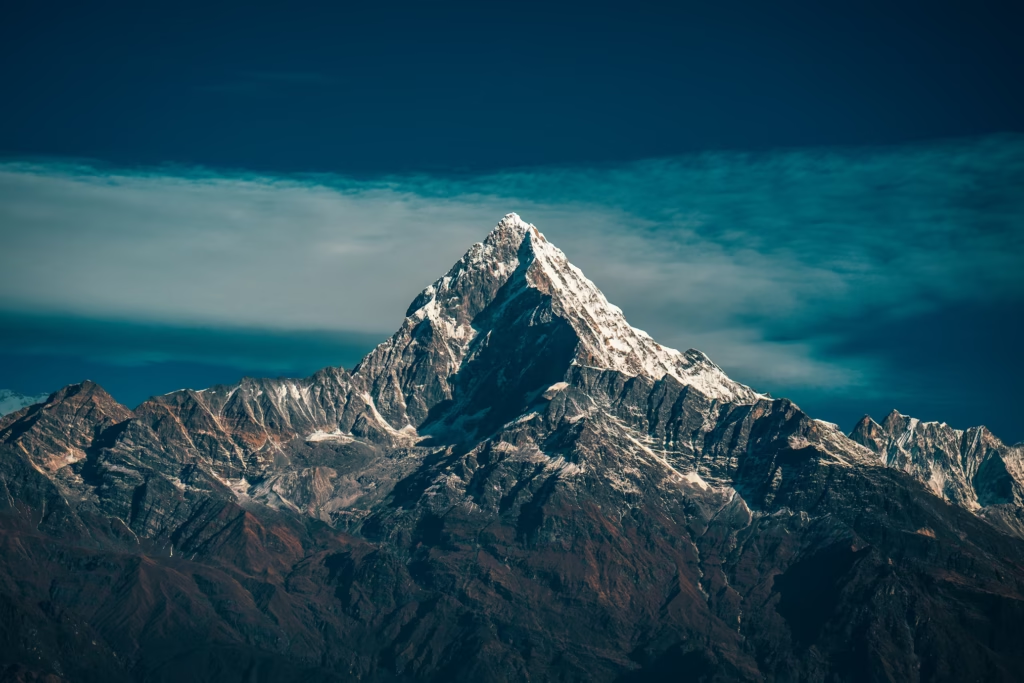
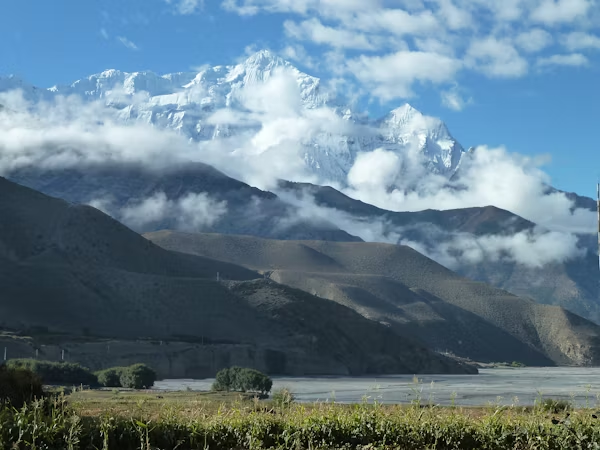
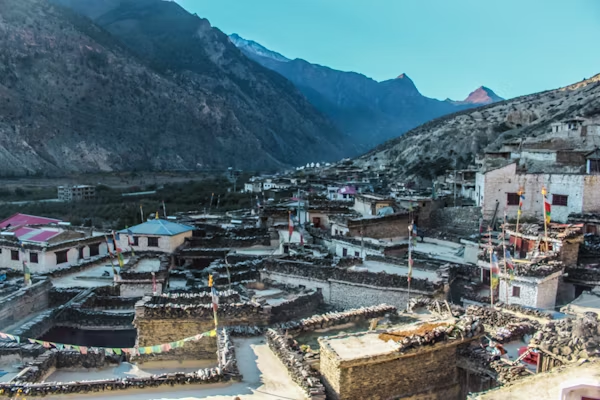
Hilly Region
Ethnic Groups and Culture
There exist a multitude of diverse ethnic groups in the Hilly region: the Brahmins, Chhetris, Gurungs, Magars, and Newars. Cultural diversity is so rich that each group has its own language, rituals, and festivals. Dashain and Tihar have larger observances, while Maghe Sankranti and Tamu Lhosar may be community-specific. Art, music, and dance are particularly important in the life of a community. The richness of culture is also more manifest in the attire, building forms, and crafts of the everyday people.
Lifestyle of People
People here mainly practice agriculture, raising livestock, some petty trading, and public service. Due to the steep topography, terraced farming is mostly practiced. Rice, maize, and millet are cultivated on terraced fields. Houses are built of stone and mud, generally standing on hill slopes with magnificent views. Higher education is provided as compared to the mountains, with schools and health facilities being more easily accessible. Life is somewhere between the modern and the traditional.
Famous Places to Visit
Places of interest feed through Pokhara, the lakeside city with panoramic views of the Annapurna Range; Bandipur and Gorkha showcase traditions and culture; and Ilam is famous for tea gardens and greenery. Thousands of pilgrims come to Manakamana Temple via a cable car. These places are a complete set of nature, history, and spirituality that comes within the periphery of tourist interest.
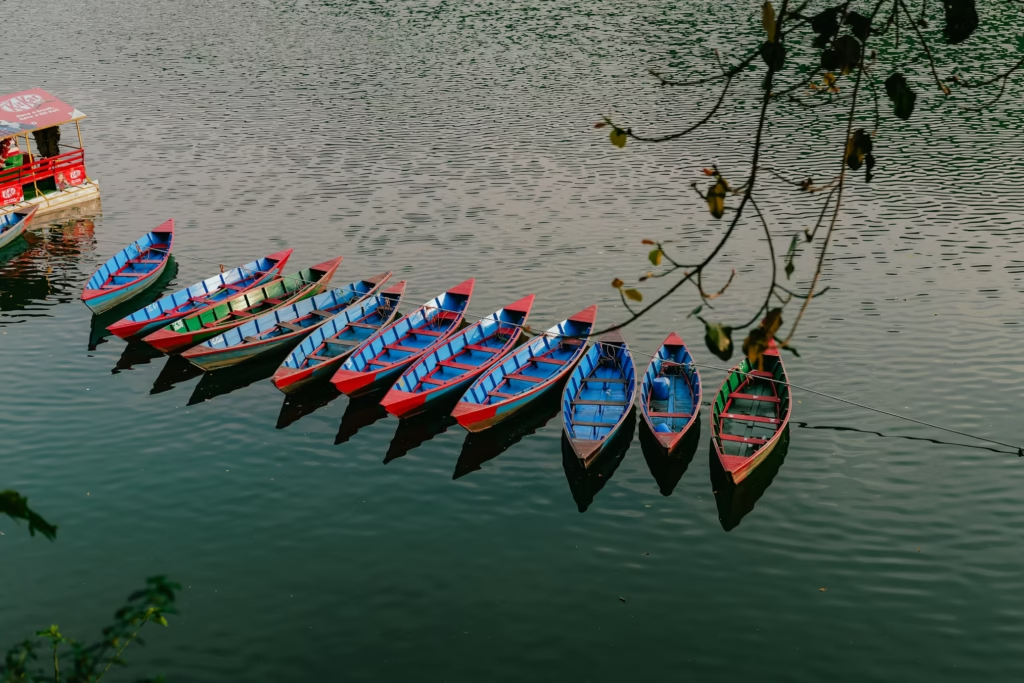


Foods and Famous Dishes
The meals of the hills are rich and diverse, relying heavily on the local grains and vegetables. The staple food is Dal Bhat (lentils and rice), which are complemented with an array of pickles and seasonal vegetables. Gundruk and Dhido are some traditional favorites: Gundruk is a fermented leafy green dip, and Dhido is a thick porridge made from millet or buckwheat. Meats like dried meat known as sukuti and chicken curry are common in the festive season. Food here is healthy and linked to the local identity.

Geography, Climate, and Temperature
It has hills, river valleys, and forested ridges between altitudes of 600 to 3,000m above sea level. Its climate is temperate with warm summers and cold winters, making it less hostile to habitation year-round. The fertile lands are watered through the monsoon rains, which make it good for agriculture. The forests are biologically-rich, housing very many native species. Thus, the very balance of nature and human settlement defines the Hilly region.
Importance and Crops
Crops and agricultural productivity define the significance and cultural significance of the Hilly region. Major crops include rice, maize, millet, and vegetables such as potatoes and cauliflower. It is also known for its medicinal herbs and fruit orchards. This region sustains agriculture, tourism, and remittance, which in turn boost the Nepali economy. Due to its temperate climate and fantastic scenery, the region is a place for rural tourism.

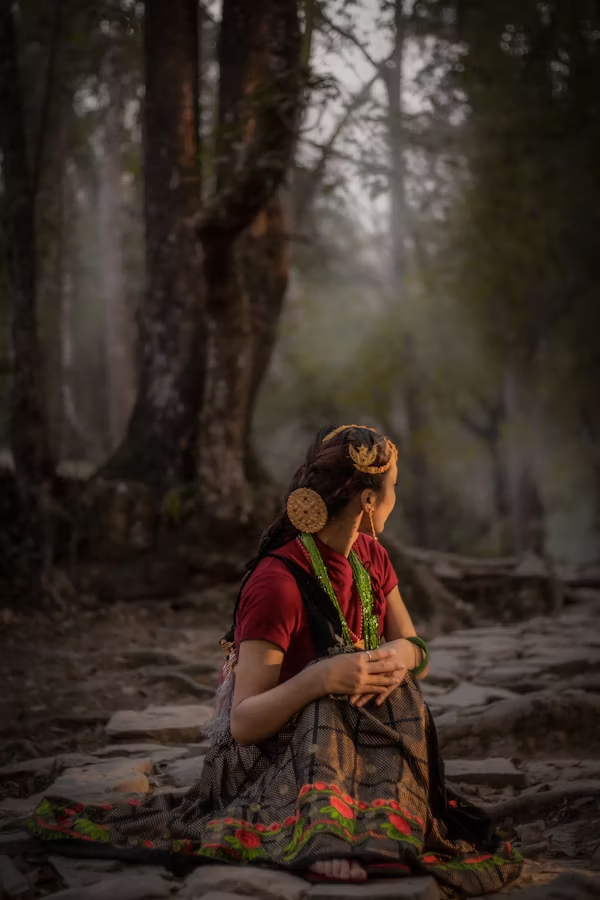

Terai (Plains) Region
Ethnicity and Culture
Terai is a culturally rich region harboring a variety of ethnic groups like the Madhesis, the Tharu, the Rajbanshis, the Muslims, and several other indigenous groups. Cultural practices show a strong Indian influence owing to geographical proximity. Festivals like Chhath, Holi, and Eid would be celebrated with great pomp and fervor. Traditional music, dance, and festive costumes are very much a part of the local populace. This region shows a wonderful amalgamation of different religions, languages, and customs.
Lifestyle of the People
The inhabitants of the Terai mainly engage in agriculture, trade, and small-scale industries. Life here is somewhat fast-paced due to improved infrastructure and accessibility. Houses are mud, brick, or cemented, with a tilt towards a more urbanized orientation compared to other regions. The access here to healthcare, education, and technology is much better, although the rural setup still faces several challenges. Socially, the life is vibrant, with a strong sense of community and traditions.
Major Tourist Attractions
Sites such as Lumbini, being the birthplace of Lord Buddha, and the Chitwan National Park, recognized as a UNESCO World Heritage Site, are the main attractions. Again, Janakpur is regarded as a sacred city with a deep religious and historical context. The Koshi Tappu Wildlife Reserve is popular among bird watchers and nature lovers. This soothing palette offers a mix of spirituality, wildlife, and cultural heritage.
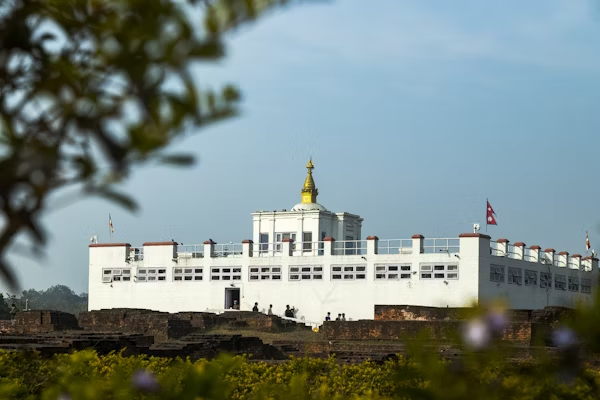
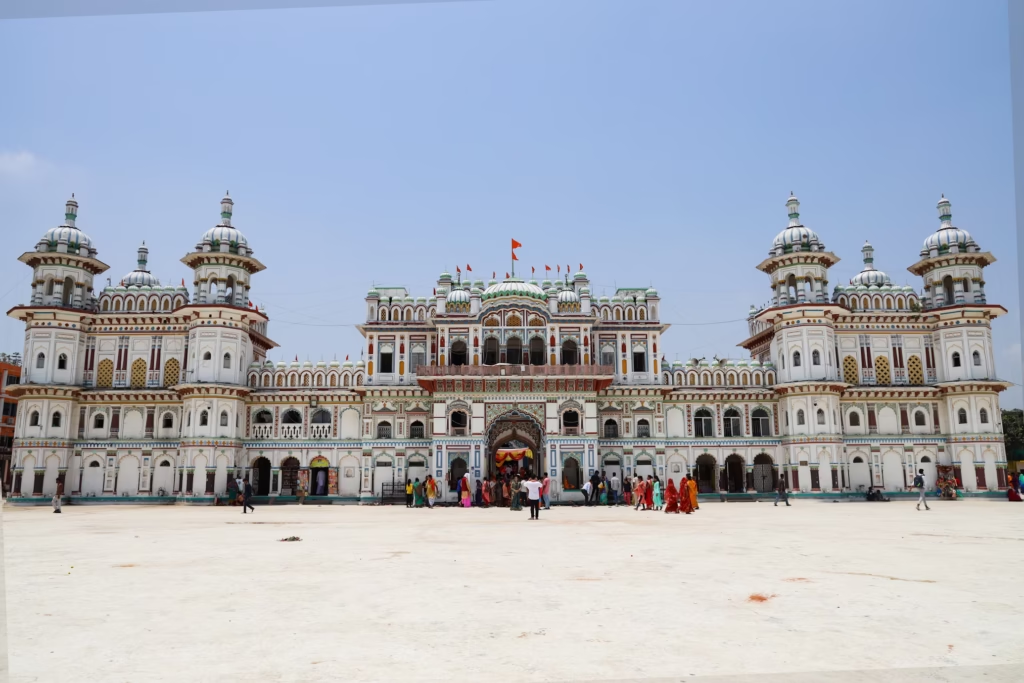
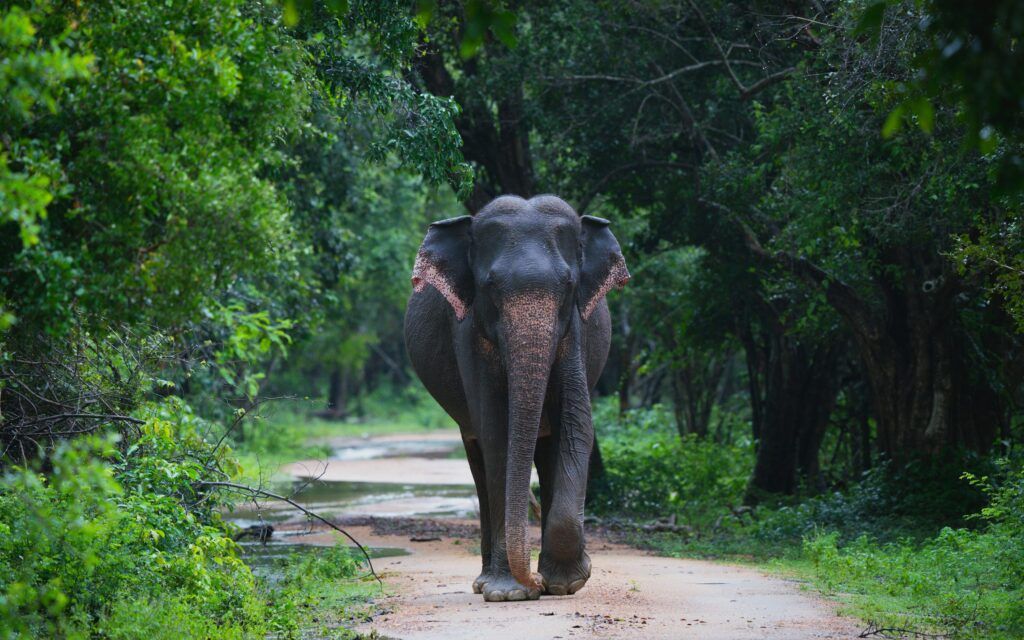
Geography, Climate, and Temperature
Territorially, Terai is a flat and fertile plain bordering the southern frontiers of Nepal. The climate ranges from tropical to subtropical with hot summers, rainy monsoon seasons, and mild winters. In summer, temperatures may go as high as 40°C, while winters enjoy pleasant temperatures. The Koshi, Narayani, and Rapti rivers flow through this region and contribute towards the enrichment of its soil. The geography provides for dense cultivation and rich biodiversity.
Food and Famous Preparations
Terai cuisine is spicy and rich, with rice, lentils, and many vegetables being the staples on their plates. Some famous items include Bagiya (steamed rice dumplings), Thekuwa (sweet fried snacks), and fish curry. Mustard oil is a common ingredient and gives character to the food. Sweets like Rasgulla and Barfi also find their place on the festive table. Food is a manifestation of the region’s diversity and agricultural bounty.


Importance of Crops
The Terai is rightly considered the granary in Nepal since it produces a major share of the food grains the whole country eats. Crops constituting the mainstream include rice, wheat, sugarcane, and lentils. The region produces all kinds of tropical fruits and vegetables in fair volume. Crops grown for industrial purposes like jute and oil seeds have their economic significance. And thus, the Terai in general fulfills a vital role in the sector of national food security and trade.
Conclusion
The three geographic regions, the Himalayas, the Hills, and the Terai, are real mosaics of landscapes, cultures, and lifestyles made by Nepal. Each region is accomplished in its own field-spiritual heights, cultural richness, agricultural bounty. Nepal’s very spirit is its diversity of people, their foods, and geography. From the icy trails of Everest, through the green terraces of the hills, to the vibrant plains of the south, every region has a story worth telling. Understanding these regions should not only increase the appreciation of Nepal but also inspire respect for the people of this land and their enduring heritage.
